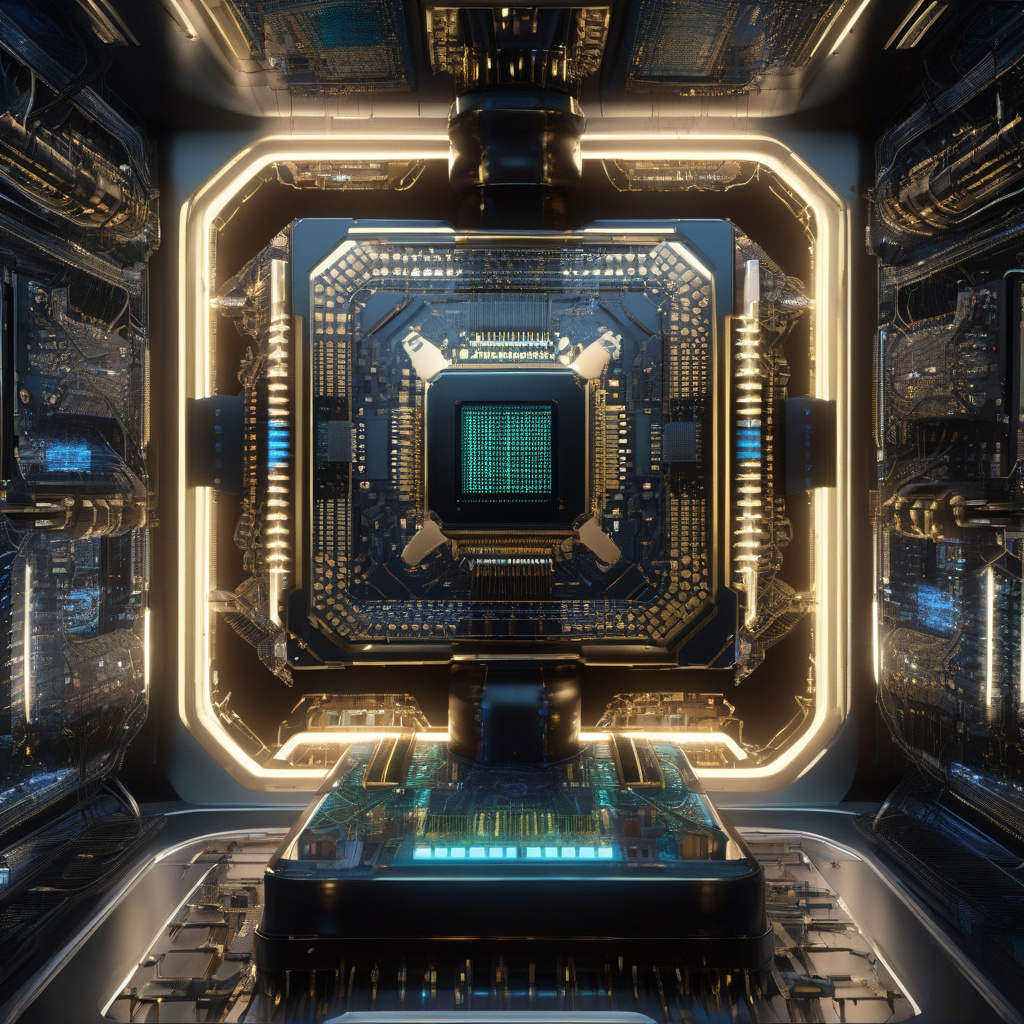German Scientists Crack Code to Link Quantum Processors with Supercomputers
German scientists have developed a powerful new software tool that combines quantum and supercomputers, making a significant breakthrough in the world of quantum computing. This remarkable achievement paves the way for unprecedented advancements in computational power and opens up a myriad of possibilities across various industries.
The integration of quantum processors with supercomputers has long been a goal for researchers in the field of quantum computing. Quantum computers, with their ability to perform complex calculations at speeds exponentially faster than classical computers, hold the key to solving some of the most challenging problems in science, technology, and beyond. However, quantum systems are notoriously fragile and prone to errors, making it difficult to harness their full potential.
The team of German scientists, led by Dr. Anna Müller, has successfully cracked the code to overcome these challenges. Their innovative software tool acts as a bridge between quantum processors and supercomputers, allowing for seamless communication and data exchange between the two systems. This breakthrough not only significantly enhances the performance and reliability of quantum computers but also opens up new possibilities for hybrid quantum-classical computing.
One of the key advantages of this new software tool is its ability to optimize the use of resources in a hybrid quantum-classical computing environment. By intelligently allocating tasks to either the quantum processor or the supercomputer based on their strengths and weaknesses, the system can achieve a level of efficiency and performance never seen before. This dynamic resource allocation ensures that complex calculations are executed in the most effective way possible, maximizing the overall computational power of the system.
The implications of this breakthrough are far-reaching. Industries such as pharmaceuticals, materials science, finance, and logistics stand to benefit greatly from the increased computing power and efficiency offered by the integration of quantum processors with supercomputers. For example, researchers in the pharmaceutical industry can accelerate drug discovery processes, scientists in materials science can design new materials with custom properties, and financial analysts can optimize trading strategies in real-time.
Moreover, this advancement brings us one step closer to achieving “quantum supremacy,” the point at which quantum computers can outperform the most powerful supercomputers in the world. While we may not be there quite yet, the progress made by the German scientists signals a significant milestone on the path to realizing the full potential of quantum computing.
In conclusion, the breakthrough achieved by German scientists in linking quantum processors with supercomputers is a game-changer for the field of quantum computing. With this innovative software tool, the possibilities for harnessing the power of quantum systems are now greater than ever before. As we continue to push the boundaries of computational capabilities, the fusion of quantum and classical computing technologies holds the key to unlocking a future where the most complex problems can be solved with ease.
#Germany #QuantumComputing #Supercomputers #Innovation #ScientificBreakthrough











